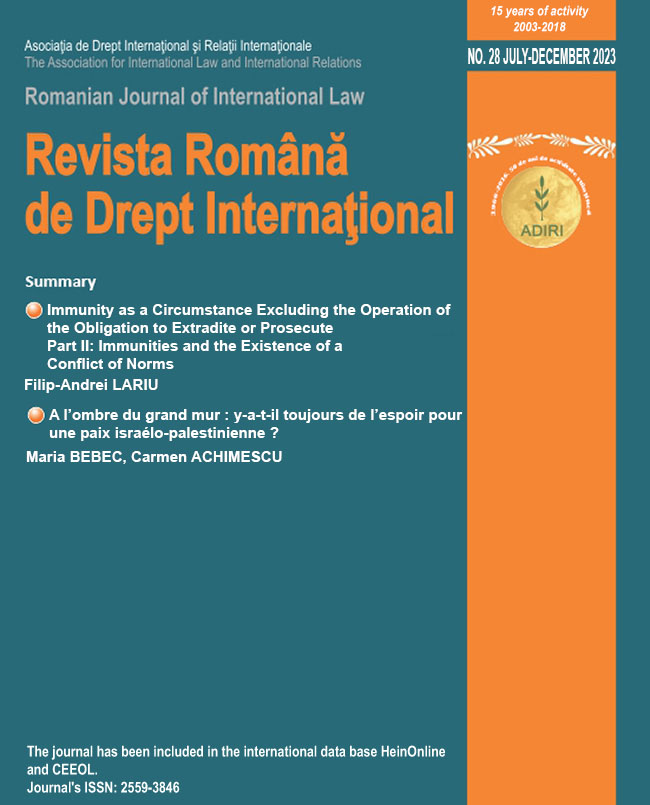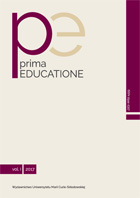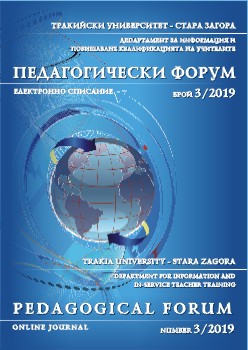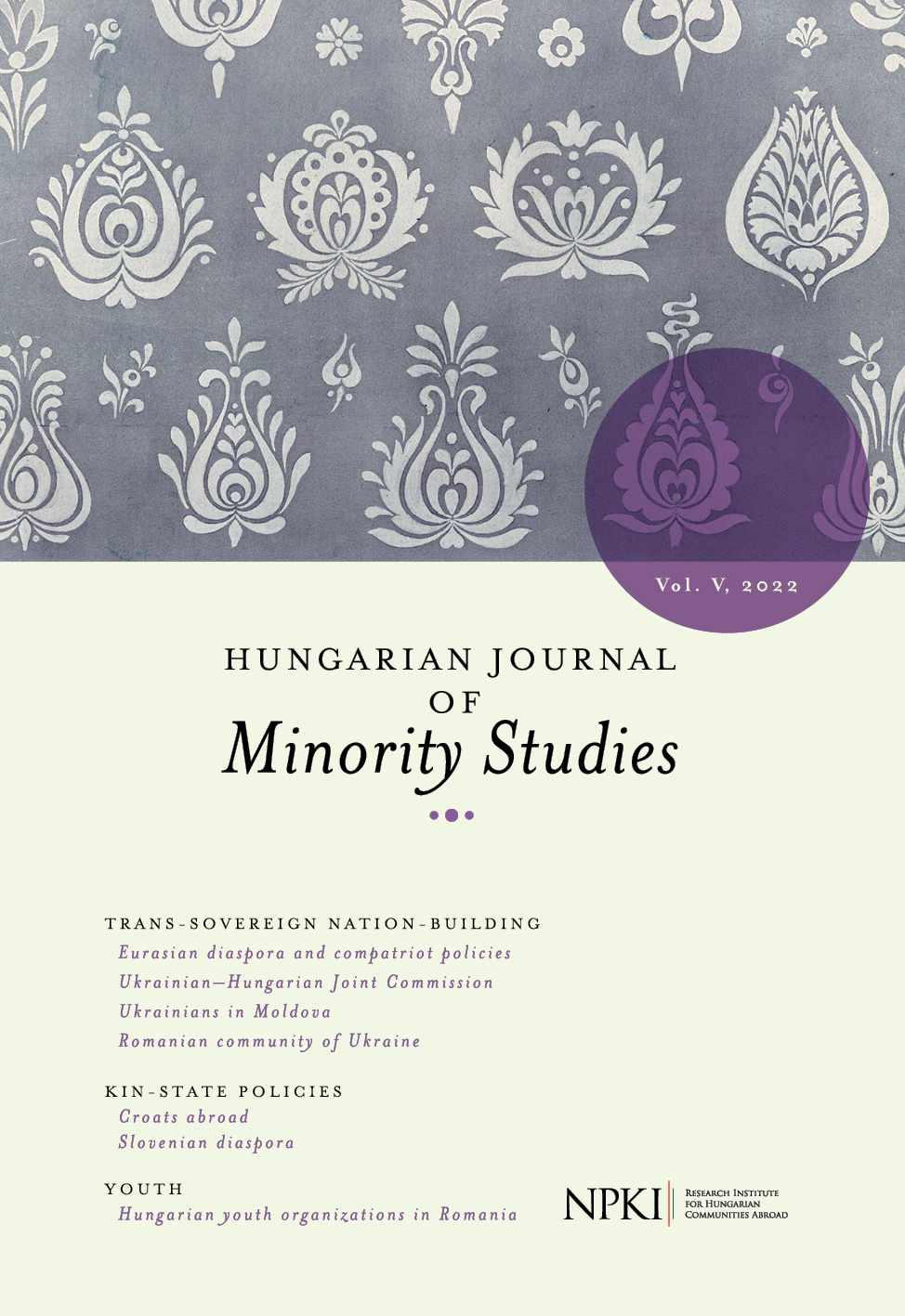Baśnie – wczoraj i dziś
Author(s): Justyna Sala-Suszyńska / Language(s): English
/ Issue: 1/2021
Keywords: child; fairy tale; tradition; modernity
Fairy tales play a key role in a child’s life because they stimulate emotional development, shape sensitivity, enrich vocabulary, and create social attitudes. Thanks to fairy tales, the child has the opportunity to identify with his favourite heroes, experience adventures, get used to difficult emotions and learn the rules governing the world. In addition, fairy tales have been passed down from generation to generation creating unbreakable bonds between the child and the parent, which affects their relationship and provides an attractive way of spending time together. By listening, reading and watching fairy tales, the child builds his worldview, shapes moral values, learns about positive models and prepares for a life in which he will have to make constant choices. Thanks to fairy tales, a child becomes more aware, interprets the various experiences of the characters, overcomes fear and becomes more flexible in overcoming the encountered difficulties. However, living in such dynamic times, with rapid technological development, a person should be prepared to receive modern fairy tales that differ in form, theme, personality of the protagonist, as well as extraordinary adventures of characters. Also, the adaptations of fairy tales produced in cinemas are famous for their excellent music, phenomenal special effects, and the selection of a talented cast. Therefore, while moving forward, man should not close himself to modernity. On the contrary, he should willingly participate in the reception of modern forms of fairy tales, which will make it easier for him to compare the classical form to modern one and provide knowledge, making it a sophisticated person, and also help encourage the child to reach for the book. In the article, the author describes the concept of a fairy tale and its necessary elements, emphasizes its significant impact on the development and education of a child. She also pays attention to the specificity of a modern fairy tale, detailing the differences between its traditional and contemporary form.
More...





